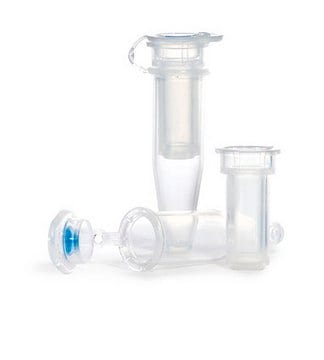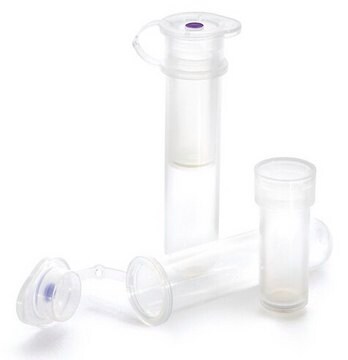CLS8160
Corning® Costar® Spin-X® centrifuge tube filters
cellulose acetate membrane, pore size 0.22 μm, sterile
Synonym(s):
centrifuge columns, centrifuge tube filters, desalting columns, tube filters
About This Item
Recommended Products
material
cellulose acetate membrane
natural polypropylene cap
polypropylene housing
polypropylene tube
description
centrifuge style filter
sterility
sterile
feature
RCF 16,000 × g
RNase and DNase free
packaging
case of 96 units
manufacturer/tradename
Corning 8160
tube size
2.0 mL
working volume
500 μL
pore size
0.22 μm
Looking for similar products? Visit Product Comparison Guide
General description
- Cellulose acetate (CA) membranes provide fast flow rates and low protein binding
- Nylon (NY) membranes are naturally hydrophilic, surfactant-free and offer the lowest extractables
- Both CA and NY filter by centrifugation for removing bacteria, particles, or cells from liquids, HPLC sample preparation and DNA removal from agarose or acrylamide gels
- Use in any standard fixed-angle microcentrifuge rotor at RCF up to 16,000 × g
- Sterile and certified nonpyrogenic and DNase-/RNase-free
Application
Legal Information
Choose from one of the most recent versions:
Certificates of Analysis (COA)
It looks like we've run into a problem, but you can still download Certificates of Analysis from our Documents section.
If you need assistance, please contact Customer Support.
Already Own This Product?
Find documentation for the products that you have recently purchased in the Document Library.
Customers Also Viewed
Our team of scientists has experience in all areas of research including Life Science, Material Science, Chemical Synthesis, Chromatography, Analytical and many others.
Contact Technical Service





